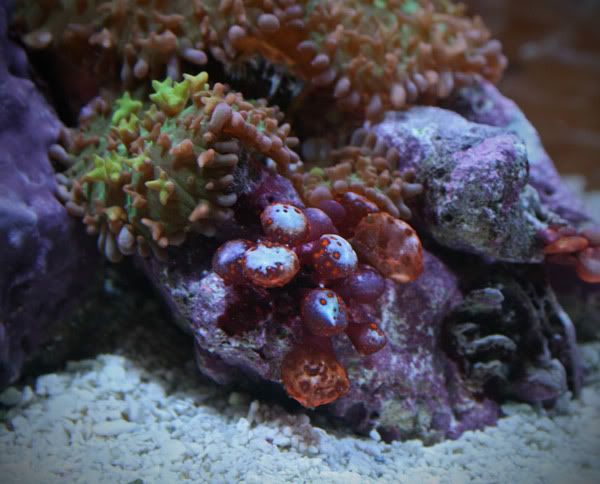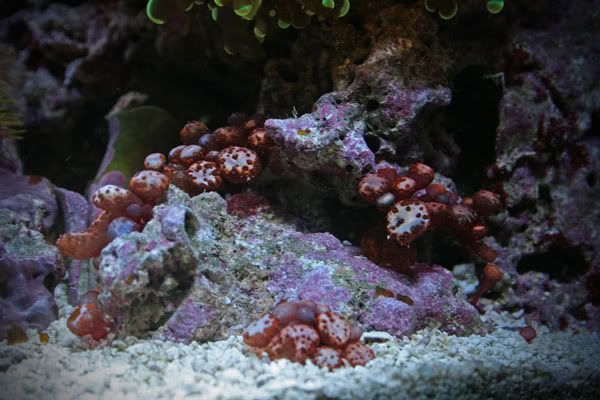The vast majority of flatworms (platyhelminths) are harmless or even potentially beneficial to a reef tank -- like polychaete worms, they are for the most part generalist scavengers that graze opportunistically on a wide variety of things ranging from diatoms, to detritus, coral mucus, recently dead critters and even some live prey such as sponges and tunicates. Flatworms, as a group, are at the same point where "bristleworms" were 2 or 3 years ago they are becoming more common in many reef tanks, and because there are a couple of species that can be problematic (and in this case less problematic than predatory polychaete worms -- flatworm infestations for the most part just "look ugly"), everyone is on a crusade to eradicate them from their reef tanks. However, asking if flatworms are bad for a reef is basically akin to asking if fish are bad for a reef -- there is an *enormous* amount of diversity among the flatworms (actually more than among fish in this example -- about 18,500 species that are currently described and possibly an equal number of undescribed species), and no simple generalizations like this can be ade about "flatworms."
Most of those 18,500 species are actually parasitic and not generally thought of as flatworms in the hobby although they are -- the flukes and tapeworms comprise roughly 75% of those species, but that still leaves between 4000 & 5000 species of turbellarian flatworms that are grouped into 10 orders (which is more impressive when you consider that all stony corals -- of which you can see plenty of variety -- are grouped in a single order). The most commonly occurring orders of flatworms are the acoels, the triclads and the polyclads (but I won't bore you with the details).
Many of the polyclad flatworms are beautiful, and quite a few are actually nudibranch mimics (e.g., check out
http://webrum.uni-mannheim.de/klin/skladny/www/flat0087.html for a picture of one of the more spectacular mimics) that are occasionally sold in LFS's as nudibranchs. Regardless of the group to which they belong, many of these flatworms are generalist scavengers, although there are also quite a few that actively prey on small crustaceans (primarily amphipods & copepods), other flatworms, polychaete worms and the like. There are a few that prey on colonial tunicates and sponges, some graze the mucus secretions from corals, and some are actually photosynthetic (or at least contain symbionts that are and gain much if not all of their nutrition from the photosynthetic output of those symbionts). The list goes on, but I think you'll get the idea that there is a lot of difference between the lifestyles of these various species...
As I said above, most of these species are not "bad," and many of the generalist scavengers and saprophytic species can actually benefit a reef tank...






 Dunno....I just know they haven't done much of anything lately. Perhaps I'll just watch them....cuz taking my rocks out to clean them is out of the question!! LOL....way too much work.:verymad: It takes me HOURS to get them back together right....AND now there is plant life EVERYWHERE...I fear it would be impossible to not squish something if I tried pulling it all out..LOL.
Dunno....I just know they haven't done much of anything lately. Perhaps I'll just watch them....cuz taking my rocks out to clean them is out of the question!! LOL....way too much work.:verymad: It takes me HOURS to get them back together right....AND now there is plant life EVERYWHERE...I fear it would be impossible to not squish something if I tried pulling it all out..LOL. :smck:
:smck: